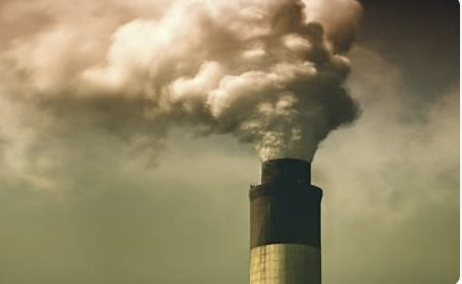The test and trace data from government is highly misleading. How many people are estimated to have the virus? We dont know. How many were missed by the tests? Don't know.
https://twitter.com/IndependentSage/status/1273711109384679432
And why are PHE and local authority public health doing almost EIGHT times as much contact tracing as SERCO? 25,000 call handlers tracked only 10,000 contacts in 2 weeks. That's why they are twiddling their thumbs. At our expense.
The positive lab test results graph shows 300-400 positives per day for June 4-10. That adds up to about 2500 cases. Yet they say they received 5900 cases reported to test and trace. Where did the other 3400 cases come from? 

One can estimate crudely ~10,000 symptomatic cases per week in England early June (based on ONS data and allowing for up to half being asymptomatic). So how many cases do they believe are in the community, and why do they receive cases for follow-up not reported by the labs?
• • •
Missing some Tweet in this thread? You can try to
force a refresh



















